Visual media is an extremely effective way of swaying and influencing the masses. Many have questioned the lawsuits concerning the censorship of propagandist films with their argument being that of creative freedom. Art desires free expression and censorship is an obstacle to that; it leads to a loss of choice amongst the people to make their own interpretations and come to conclusions regarding what is bad or good. Such an argument is valid but fails to take into account the reality of affairs at present. Extreme ignorance, lack of education and a serious absence of religious tolerance and sensitisation is the order of the day all across India. In such a scenario propaganda films made with very visible political motives become insidious and threatening instead of functioning as accurate social commentaries.
The Marxist philosopher, Louis Althusser stated in his theory of Ideological State Apparatuses that the arts, which include films, constitute a way for the State to build a preferred ideology of a nation in order to maintain its status quo. To understand why in recent years, India has seen a great increase in government-sponsored propaganda films, the below-mentioned films have been analysed through a critical lens to understand their role in shaping the politics of India.
The Marxist philosopher, Louis Althusser stated in his theory of Ideological State Apparatuses that the arts, which include films, constitute a way for the State to build a preferred ideology of a nation in order to maintain its status quo. To understand why in recent years, India has seen a great increase in government-sponsored propaganda films, the below-mentioned films have been analysed through a critical lens to understand their role in shaping the politics of India.
- The Kerala Story
On 5th May 2023, Sudipto Sen’s ‘The Kerala Story’ was released nationwide in theatres. Immediately upon its release, it sparked strong reactions across all states. ‘The Kerala Story’ claims to be the story of three Hindu women from Kerala who were put under pressure to convert to Islam. Primarily, the movie focuses on a girl named Shalini who is at first converted to Islam upon marriage and then compelled to make the journey of joining ISIS as a terrorist.

The BJP instantaneously gathered behind the film to garner mass support for it and promote it widely across all the states. Almost inevitably then, in this game of chess that political parties perform/play, the states with opposing parties in power rose in fury and hurry to block the film from being screened. This controversy is what lent the film more visibility than perhaps it could have got initially and in this humdrum of political chaos and censorship, the factuality of the story was lost upon the audiences’ minds. It is commonly known that for a long time, the southern states have been a bone of contention for BJP because it has repeatedly failed to take its root there and hence it is of no surprise that they would bank upon this film based in a southern state, religious polarisation being one of their primary weapons in their hold over power.
In a country strongly divided across religious lines, movies like ‘The Kerala Story’ are extremely dangerous because they are adamant about portraying manipulated fiction as fact or truth. It has come to light that the disclaimer the movie was sent out with, that the events of the narrative have happened to 32,000 women from Kerala is a wildly false claim and completely untrue. Women in the state of Kerala have been subjected to other forms of trafficking and abuse leading to disappearances but that has got nothing to do with the film narrative or its disclaimer.
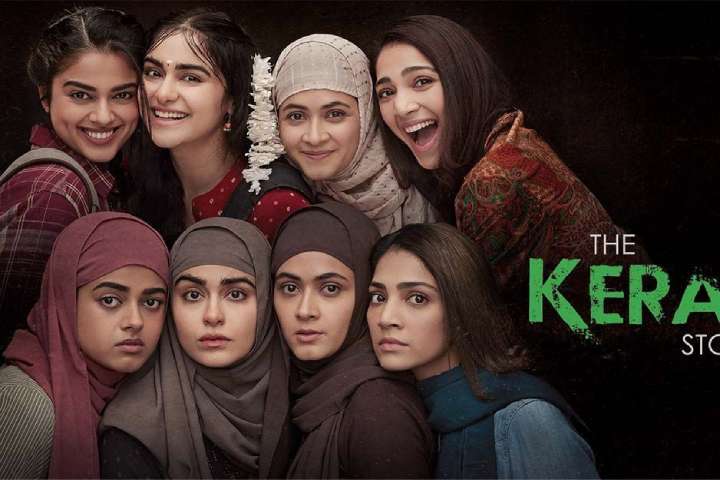
The film also fails to take into account the real person’s narrative on whose life and experiences the movie is apparently based and is definitely a propaganda film. The real woman’s narrative shows consent and agency over her life’s choices, all of which are cleverly left out of this exaggerated narrative of helpless victims falling prey to ISIS’s brainwashing. Such false representation of facts therefore deliberately incites the audience into associating a particular religion with negative connotations and making sweeping generalisations about a state.
- Ram Setu
This 2022 film stars Akshay Kumar in the male lead role and has been directed by Abhishek Sharma. An action-adventure film, the story charts the journey of an archaeologist Dr. Aryan Kulshreshtra in search of the Ram Setu, the bridge or canal between India and Sri Lanka, trying to know if it is a natural or man-made bridge, specifically whether it was made by Ram as mythology states. In our country, the conflict between mythology and history is constantly debated leading to drastic consequences on geographical spaces, for instance, the Ayodhya controversy and the Babri Masjid demolition event.
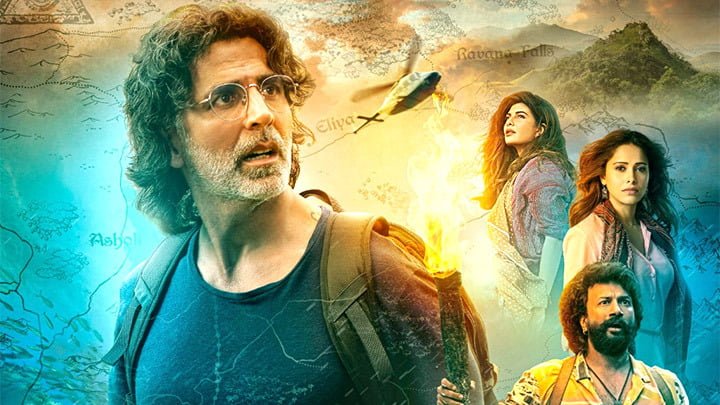
The film almost uses reverse psychology to preach its nationalistic and religious ideologies. It shows the archaeologist to be a staunch believer in history and scientific facts with no care for faith, religious sentiments, or mythology. That is done to make the ending of the movie even more convincing because a non-believer is forced to concede through scientific exploration that the Ram Setu had indeed been built by Lord Ram, bolstering the events from the epic Ramayana. However, despite its schemes, the movie flopped, showing that there is no alternative to bad storytelling, as not even actors dressed as scientists ask the audience to reinstate their faith, ironic as it sounds.
- The Accidental Prime Minister
‘The Accidental Prime Minister‘ is a 2019 film directed by Vijay Ratnakar Gutte and is based on the book by the same name written by Indian policy analyst Sanjaya Baru who was Manmohan Singh’s media advisor during the latter’s tenure as PM. Instead of being the groundbreaking insight into Indian politics it had claimed to be, the movie just turned out to be the stereotyping of complex individuals in power. All the characters seemed more caricaturish than real as if the sole purpose of the film is to confirm whatever bias you might have against these political figures.
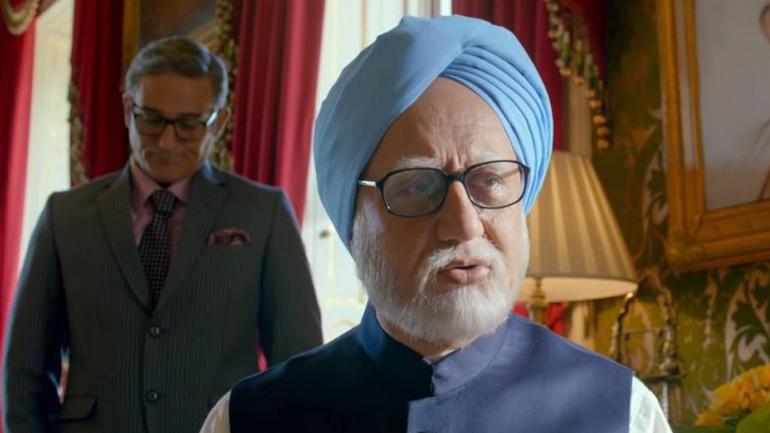
Again, the method of promoting fiction as truth is used by the filmmaker in this propaganda film. The Congress party and the hierarchies working within it, the tribulations of Manmohan Singh against the power of Sonia Gandhi, and the important deals and formulations of the UPA government during Singh’s tint as Prime Minister, are not handled with nuance or care but subjected to mindless political generalisation to build upon the myth that itself is based on prejudiced conceptions. It can be seen why a movie like this is immensely helpful for opposing parties that function on claiming themselves to be superior to other parties by being more genuine and close to the masses.
- PM Narendra Modi
‘PM Narendra Modi‘ is a film by Omung Kumar released in theatres on 24th May 2019. Starring Vivek Oberoi in the lead role, the movie is a biopic of Modi’s life and rise to the position of Prime Minister from being a tea seller. This movie has no qualms about not hiding its blatantly propagandist motives. It is a completely biased perspective of Modi’s rise to power, made for the masses, almost a fan service to die-hard Modi supporters. It’s rousingly nationalistic, dismissive of all controversies with the blame shifted to third parties in all issues Modi has been tangled with during his regime at Gujarat and at the centre, and an attempt at humanising the political persona of Narendra Modi by adding emotional scenes with his mother.

This propaganda film follows the typical structure of a rags-to-riches story and tries to create this sympathetic image of a man who works entirely for the service of the nation. His politics and his regimes are not delved into with nuance but are seen in black-and-white binaries so that he is always absolved of accountability. It is very apparent that this movie has been specifically made to be aimed at a particular demographic and the filmmaker knows that the demographic would lap it up. A glorification of the man and his decisions, the movie is made to deliver the life of Modi to its audience through rose-tinted glasses.
- The Kashmir Files
The 2022 film directed by Vivek Agnihotri called ‘The Kashmir Files’ is another such propaganda film that employs disguising fiction as truth. Seemingly based on real events, it exaggerates, manipulates, and builds upon those instances to create a version of the truth which is far removed from what historically is said to have gone down. The 1990s exodus of Hindus from Kashmir is the premise of the fictional storyline of the movie. Immediately after the film was released, it received the stamp of support from the BJP government with Prime Minister Narendra Modi going so far as to declare it a must-watch for it finally reveals the truth which has suffered silence for a very long time.
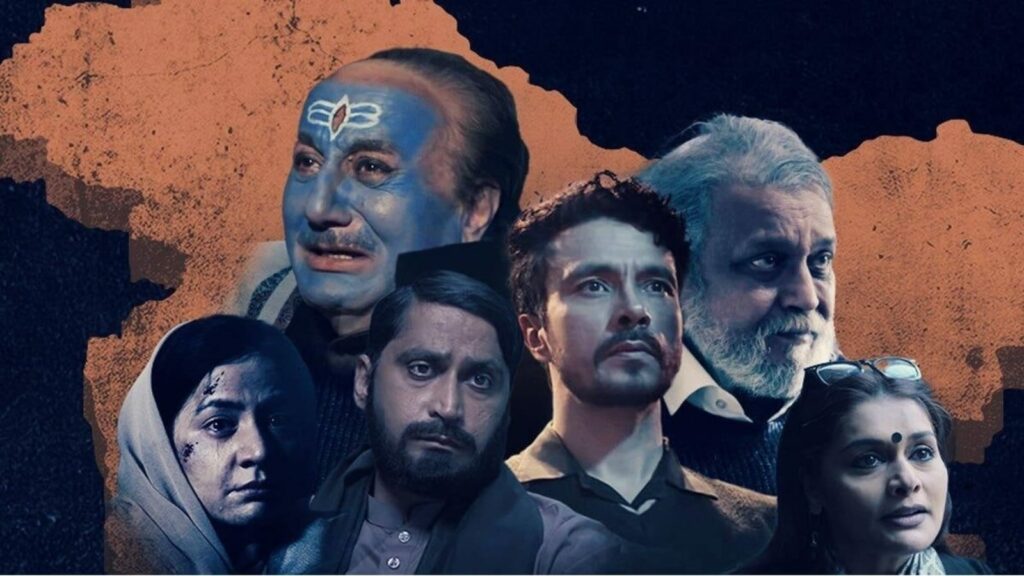
The film received an almost instantaneous reaction from the audience. Despite critics vehemently opposing the factual inaccuracies, gross misrepresentation and demonisation of the Muslim community, the film continued to do well at the box office with right-wing groups doing mass viewings and demonstrations in support of the film. Even though the promotion of the film was made with claims of truth, the disclaimer of the film shows that in reality, the film has no foothold over historical accuracy or actuality and it’s another piece of propaganda.
It is fiction; it is fiction that had been deliberately made to provoke and incite communal violence and hatred against the Muslim community. Defining the 1990s exodus as the ‘Kashmir genocide’ paired with scenes of extreme violence, the film effectively feeds into the narrative of Muslim threat upon a Hindu nation.
Propaganda films and the way forward
In a country where women are killed by their brothers just for menstruation, can a nuanced understanding of such situations as portrayed in these films be expected? More so when the films have been deliberately made in a way to rouse people’s emotions negatively. The BJP government has based the entire trajectory of their political rise to power on the promise of foregrounding a Hindu nation in tandem with the visceral polarisation of other communities.
Such films either talk about the impending Muslim threat to the nation, or glorify the majoritarian politics and beliefs, incites communal violence, and subdue all other opposing parties or forces including alternative narratives. Propaganda films are effective political weapons used by parties to shape the future ideologies of a nation.
Playing with perceptions of the people, such films either talk about the impending Muslim threat to the nation, or glorify the majoritarian politics and beliefs, incites communal violence, and subdue all other opposing parties or forces including alternative narratives. Propaganda films are effective political weapons used by parties to shape the future ideologies of a nation.

Other than the five films analysed above, many more propaganda films are being made in India today with drastic consequences of hate speech and violence being generated. The need of the hour is, hence, awareness of what these films are doing and the separation of fact from fiction.
About the author(s)
Sayeri Biswas recently graduated with a bachelor’s degree in English from St. Xavier’s College, Kolkata. Whether it’s philosophically
contemplating life or gushing about the most recent book/series she has indulged in, she is always up for a deep conversation. Literature is the great love of her life, and in the future, she hopes to continue talking about all art forms as passionately as she thinks
about them.
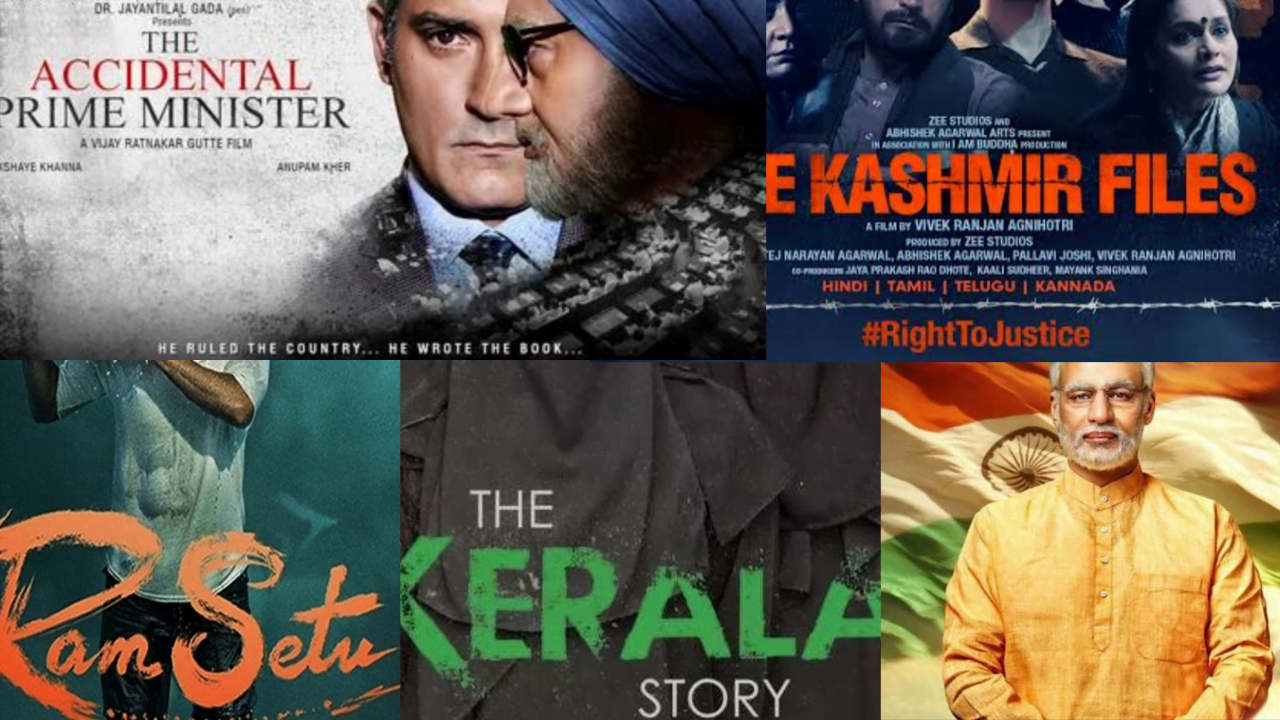




Excellent read. Very nuanced and relevant.